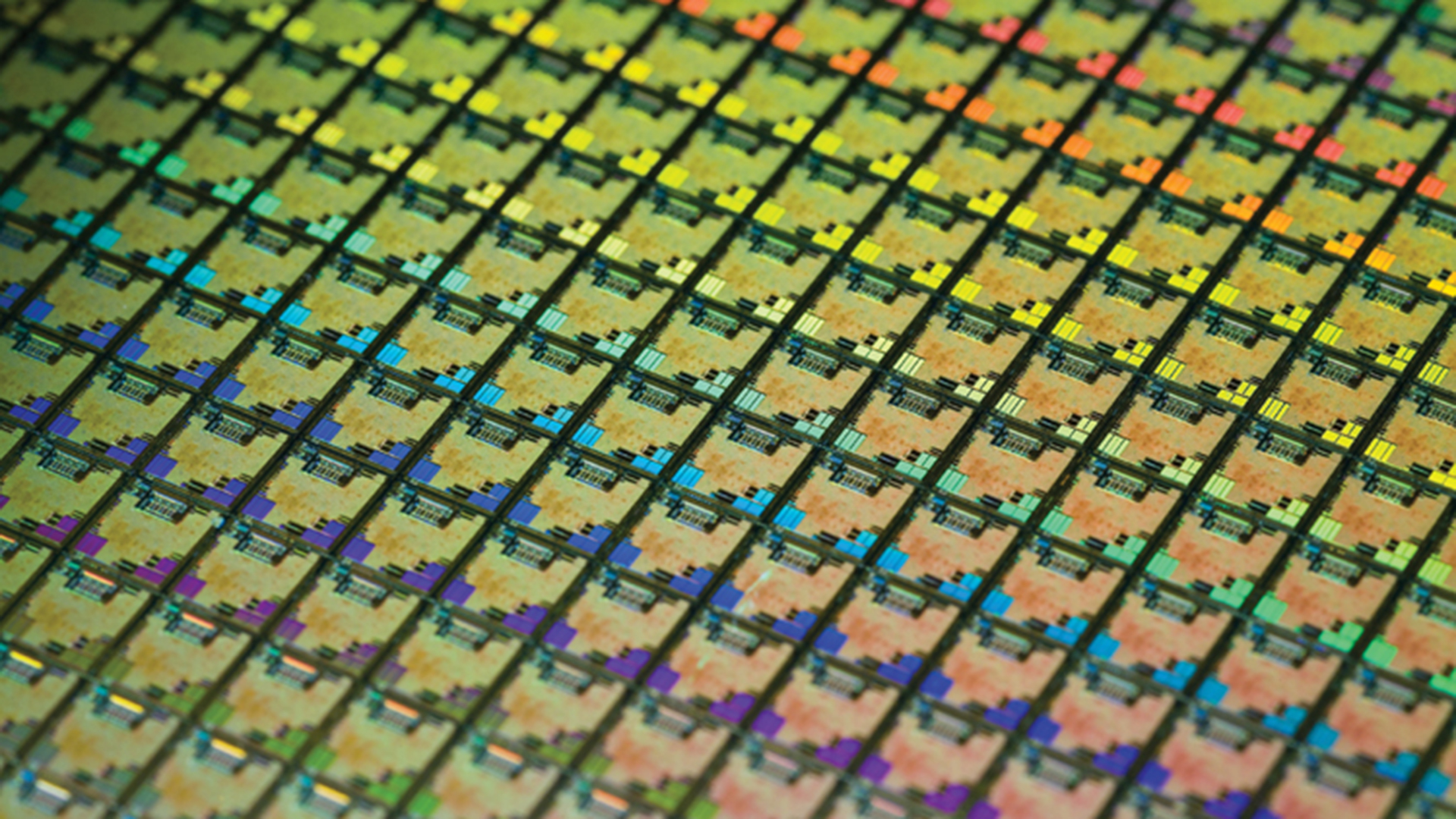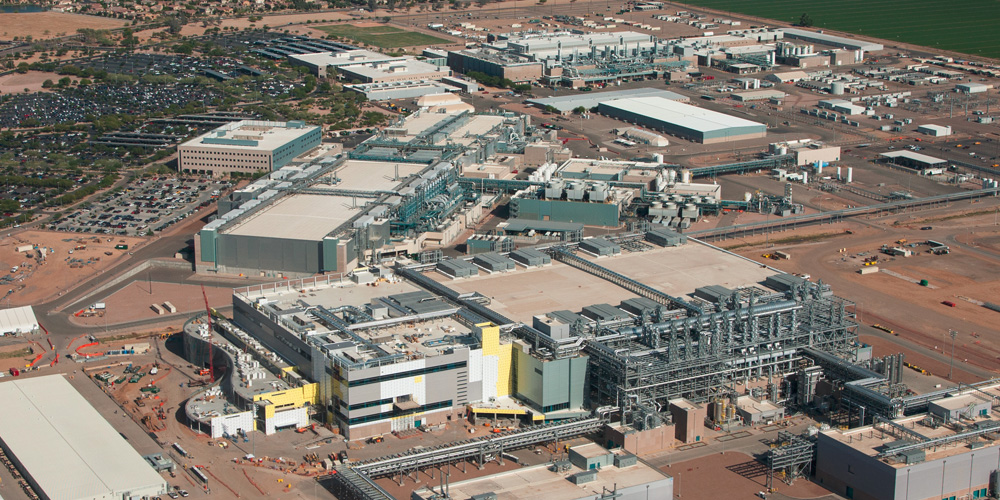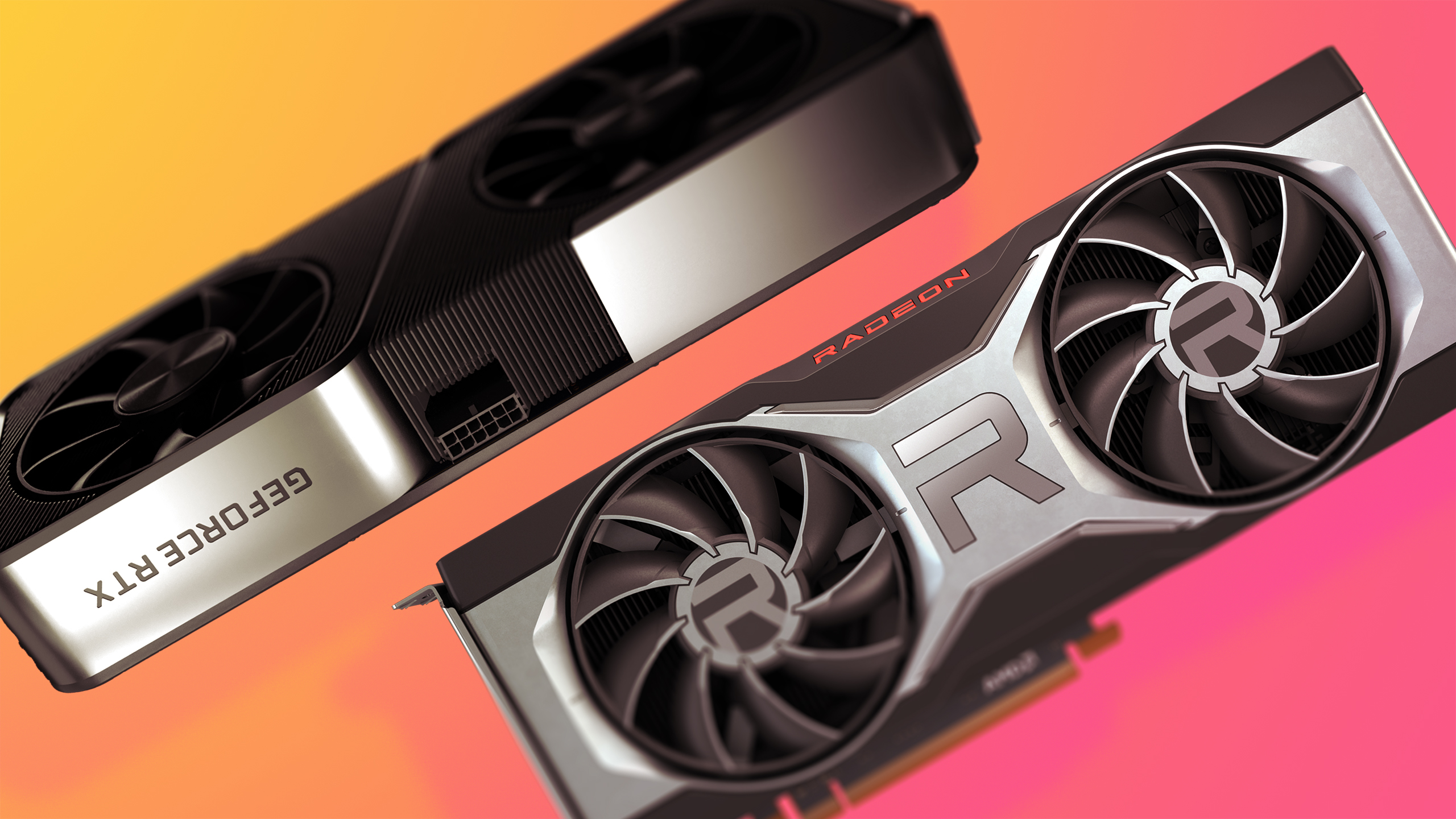TMSC's 3nm chip process may have been delayed longer than expected, giving Intel a rare chance to catch up
There are billions of dollars on the line.

Yesterday, we reported on the subtle, but notable barbs traded by Intel and TSMC CEOs Pat Gelsinger and Mark Liu. It’s becoming clear that both companies are increasingly engaging each other as rivals as both seek to earn billions of dollars’ worth of lucrative manufacturing contracts. Speculation now comes from Seeking Alpha, claiming that TSMC may have delayed its 3nm risk production by longer than previously thought.
Does this present an opportunity for Intel to catch up after its years of well publicised and mocked 10nm woes?
When it comes to computer chips, smaller is better. If chips can be manufactured on a smaller process node, the chips themselves are smaller and more of them can fit onto a wafer. More chips on a wafer means higher profits for manufacturers. There are other advantages too, but at the end of the day, big tech is in the business of making money, and companies pour billions into the development of ever smaller process nodes in order to gain a competitive edge.
Taiwanese company TSMC is often regarded as the global leader in semiconductor manufacturing. Its advanced node capacity is gobbled up by the likes of Apple and Qualcomm, who as mobile manufacturers selling countless millions of products, always look to take advantage of the efficiency gains that come with smaller nodes.
AMD’s Ryzen 5000 series CPUs, too, which are lauded for their power efficiency, owe a significant part of their success to TSMC. TSMC has begun risk production of 3nm products, but for the first time in a long time, the company is under some pressure as any delays give competitors including Intel and Samsung a chance to catch up. This poses the question: Is TSMCs technological leadership under threat?
Intel’s 10nm woes eventually became a meme, and while its problems with 10nm led to the backported 14nm release of the underwhelming 11th Gen Rocket Lake CPUs, in the background, development continued on its smaller nodes without the same hiccups. In fact, in its October earnings call, Intel indicated that the five nodes on its roadmap are all on track or ahead of schedule. Samsung is scheduled to start producing its customers’ first 3nm chips in the first half of 2022.
In this industry, if you snooze, you lose.
Keep up to date with the most important stories and the best deals, as picked by the PC Gamer team.


How to buy a graphics card: tips on buying a graphics card in the barren silicon landscape that is 2021
In the short term, developments like these are primarily relevant to investors. However, give the long lead times involved, developments such as these provide a window into the future of the tech we know and love.
As gamers, the CPUs and GPUs using 5nm tech won’t land in our PCs until the launch of Zen 4 CPUs, RDNA 3 GPUs and Nvidia RTX 40-series GPUs later in 2022. 3nm PC products are unlikely before 2023 as priority goes to mobile chip production. In the next couple of years, could we see an Apple SoC manufactured at an Intel fab? AMD at Samsung? If TSMC is at risk of losing its manufacturing advantage, scenarios such as this are certainly possible, but it's not so easy to just switch to another foundry. That takes a lot of time and effort, and AMD especially works closely with TSMC to get the most out of its chips.
However, greater competition will be welcome and more manufacturing capacity will definitely help to avoid the chip shortages and price hikes we're currently enduring.

Chris' gaming experiences go back to the mid-nineties when he conned his parents into buying an 'educational PC' that was conveniently overpowered to play Doom and Tie Fighter. He developed a love of extreme overclocking that destroyed his savings despite the cheaper hardware on offer via his job at a PC store. To afford more LN2 he began moonlighting as a reviewer for VR-Zone before jumping the fence to work for MSI Australia. Since then, he's gone back to journalism, enthusiastically reviewing the latest and greatest components for PC & Tech Authority, PC Powerplay and currently Australian Personal Computer magazine and PC Gamer. Chris still puts far too many hours into Borderlands 3, always striving to become a more efficient killer.

